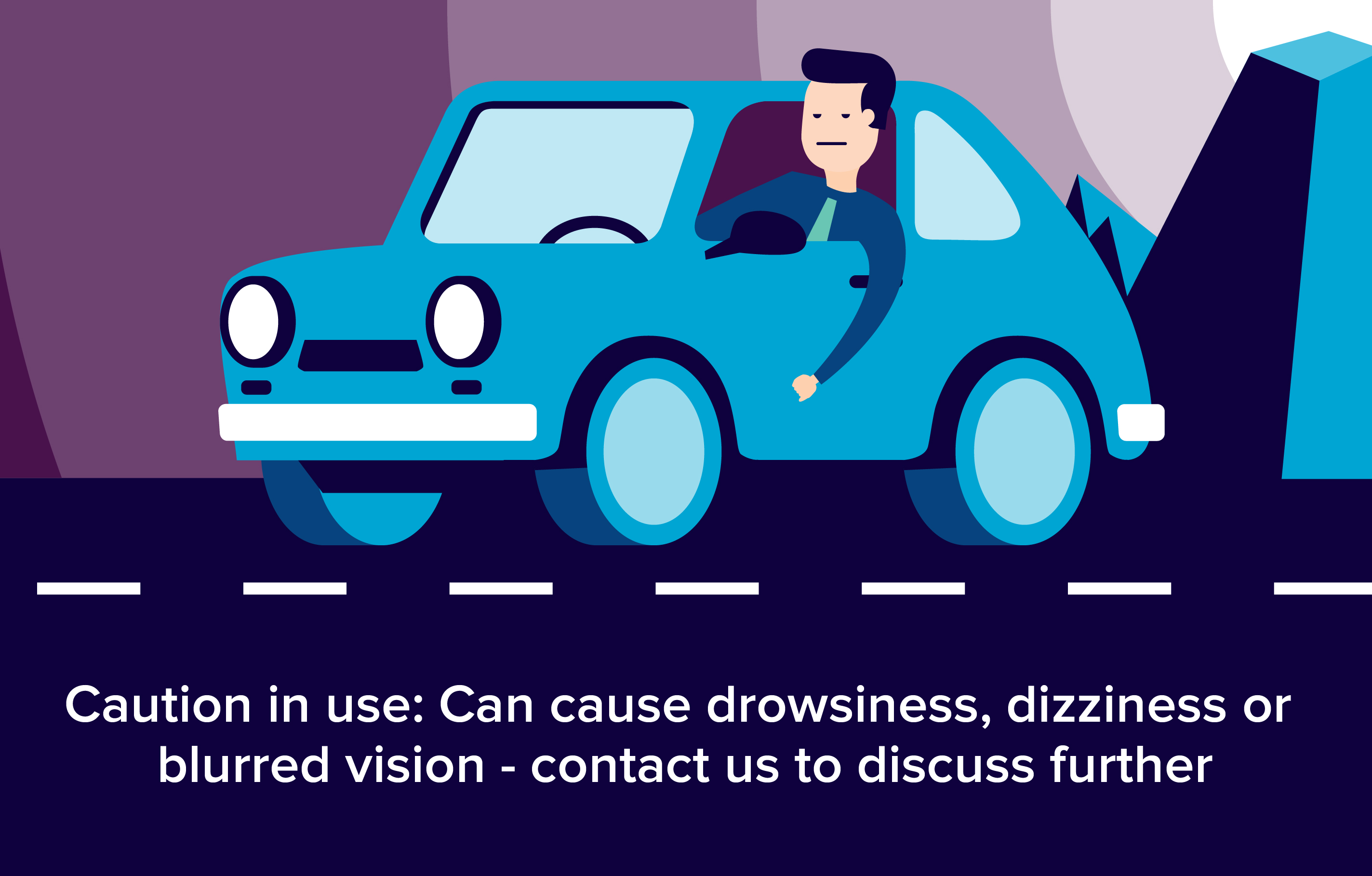Benzodiazepines are prescribed for short-term relief of severe and disabling anxiety. Benzodiazepines may also be indicated to cover the latent periods associated with the medications prescribed to treat an underlying anxiety disorder. They are used to treat a wide variety of conditions and symptoms and are usually a first choice when short-term CNS sedation is needed. Longer-term uses include treatment for severe anxiety. There is a risk of a benzodiazepine withdrawal and rebound syndrome after continuous usage for longer than two weeks. There is also the added problem of the accumulation of drug metabolites and adverse effects. Benzodiazepines include:
-
Alprazolam (Xanax)
-
Chlordiazepoxide (Librium)
-
Clonazepam (Rivitrol)
-
Diazepam (Valium)
-
Lorazepam (Ativan)
Benzodiazepines exert their anxiolytic properties at moderate dosage. At higher dosage hypnotic properties occur. Tofisopam (Emandaxin and Grandaxin) is a drug which is a benzodiazepine derivative. Like other benzodiazepines, it possesses anxiolytic properties but unlike other benzodiazepines it does not have anticonvulsant, sedative, skeletal muscle relaxant, motor skill-impairing or amnestic properties.
SSRIs
Selective serotonin reuptake inhibitors or serotonin-specific reuptake inhibitor (SSRIs) are a class of compounds typically used as antidepressants in the treatment of depression, anxiety disorders, and some personality disorders. SSRIs are primarily classified as antidepressants and typically higher dosages are required to be effective against anxiety disorders than to be effective against depression but nevertheless most SSRIs have anxiolytic properties.
Azapirones
Azapirones are a class of 5-HT1A receptor agonists. They lack the sedation and the dependence associated with benzodiazepines and cause much less cognitive impairment. They may be less effective than benzodiazepines in patients who have been previously treated with benzodiazepines as they do not provide the sedation that these patients may expect or equate with anxiety relief. Currently approved azapirones include buspirone (Buspar).
Barbiturates
Barbiturates exert an anxiolytic effect linked to the sedation they cause. The risk of abuse and addiction is high. Many experts consider these drugs obsolete for treating anxiety but valuable for the short-term treatment of severe insomnia, though only after benzodiazepines or non-benzodiazepines have failed. They are rarely prescribed anymore.
Hydroxyzine
Hydroxyzine (Atarax) is an old antihistamine originally approved for clinical use by the FDA in 1956. It possesses anxiolytic properties in addition to its antihistamine properties and is also licensed for the treatment of anxiety and tension. It is also used for its sedative properties as a premed before anesthesia or to induce sedation after anesthesia. It has been shown to be as effective as benzodiazepines in the treatment of generalized anxiety disorder while producing fewer side effects.
Pregabalin
Pregabalin's therapeutic effect appears after 1 week of use and is similar in effectiveness to lorazepam, alprazolam and venlafaxine but pregabalin has demonstrated superiority by producing more consistent therapeutic effects for psychic and somatic anxiety symptoms. Long-term trials have shown continued effectiveness without the development of tolerance and additionally unlike benzodiazepines it does not disrupt sleep architecture and produces less severe cognitive and psychomotor impairment; it also has a low potential for abuse and dependence and may be preferred over the benzodiazepines for these reasons.
References:
http://mentalhealthdaily.com/2014/10/24/anti-anxiety-medication-list-anxiolytics/
https://en.wikipedia.org/wiki/Anxiolytic
http://www.healthline.com/health/anxiolytics
http://www.rxlist.com/anxiety_medications-page6/drugs-condition.htm
http://www.drugs.com/drug-class/anxiolytics-sedatives-and-hypnotics.html

